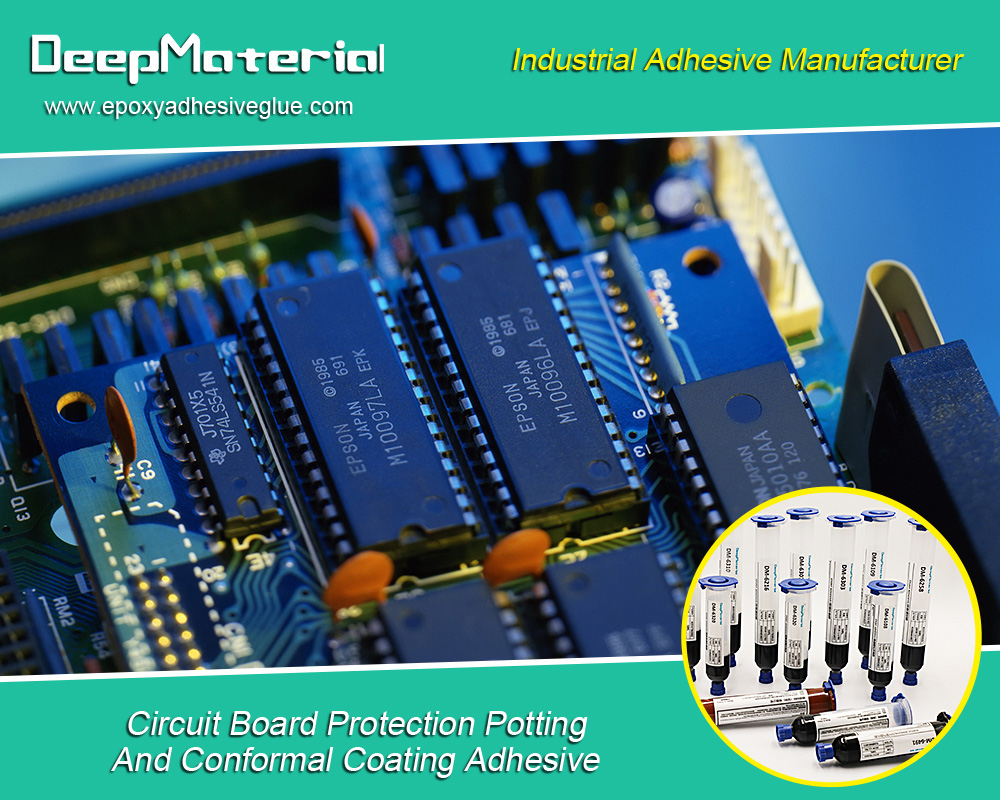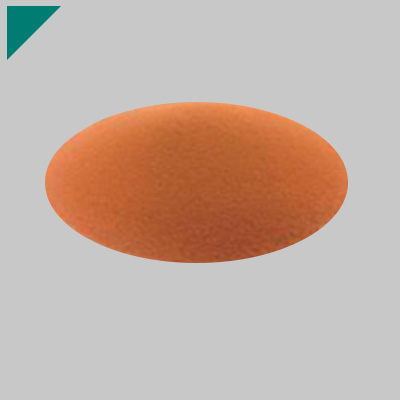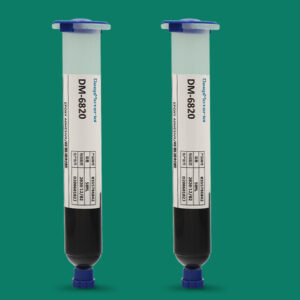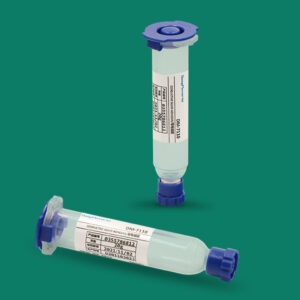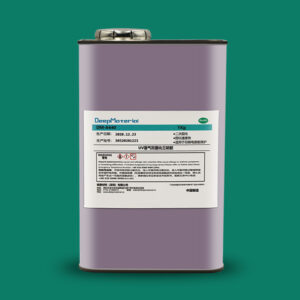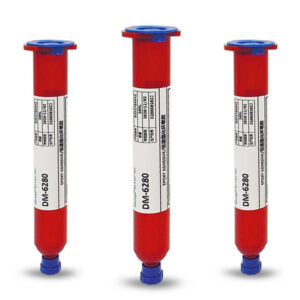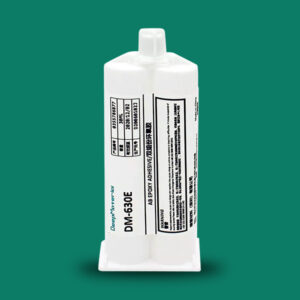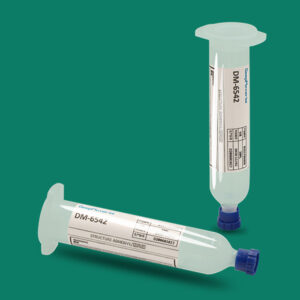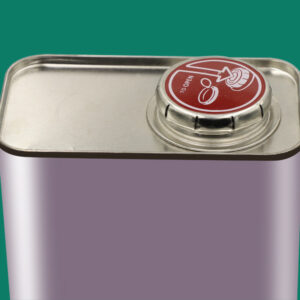Electrically Insulating Epoxy Adhesives For Electronics – Discover Their Benefits and Applications
Electrically Insulating Epoxy Adhesives For Electronics – Discover Their Benefits and Applications
Insulating epoxy adhesives for electronics is a specialized type of epoxy that is used in repair of electronic components as well as devices. It is a high-performance adhesive that provides excellent thermal. It has become an essential material in the electronics industry due to its numerous benefits, including ability to protect electronic components from moisture, dust, and other environmental factors.
This article will explore the benefits and applications of insulating epoxy adhesives for electronics, as well as the various types and factors to consider when choosing the right epoxy for specific electronic applications. Additionally, we will also discuss future developments and trends in the industry.
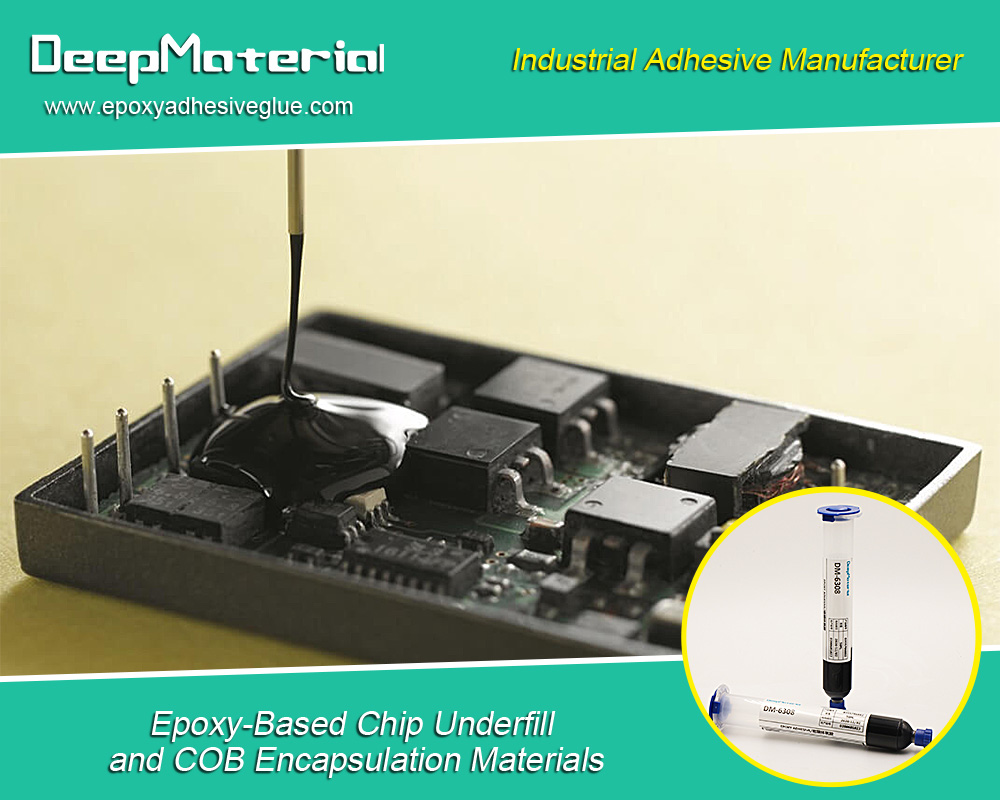
Definition of Insulating epoxy adhesives For Electronics
Insulating epoxy adhesives for electronics is a specialized type of adhesive that is designed to provide electrical insulation, while also possessing strong adhesion properties. It is used extensively in the manufacturing, assembly, and repair of electronic components and devices, such as printed circuit boards (PCBs), electronic modules, and microelectromechanical systems (MEMS).
Furthermore, Non-conductive epoxy for electronics is formulated with specific materials that provide high dielectric strength and low electrical conductivity, which makes it ideal for use in electronic applications where electrical insulation and thermal management are critical.
Benefits of Non-Conductive Epoxy for Electronics
They tend to offer several benefits that make it an essential material in the electronics industry. These will be explained below for better understanding:
High dielectric strength
As stated above, this adhesive is formulated with materials that provide high dielectric strength, which is essential for electrical insulation in electronic components and devices.
Excellent thermal conductivity
It is also designed to provide excellent thermal conductivity, which helps dissipate heat generated by electronic components, preventing damage from overheating.
Strong adhesion
It can provide strong adhesion to a variety of substrates, including metals, plastics, and ceramics. This allows it to securely bond electronic components and devices.
Chemical resistance
It is resistant to a wide range of chemicals, making it suitable for use in harsh environments where electronic components may be exposed to corrosive substances.
Easy application
It is easy to apply and can be used in a variety of application methods. These includes brush, spray, or syringe. This makes it a versatile material for electronic manufacturing and repair.
Overall, non-conductive epoxy for electronics provides a combination of electrical insulation, thermal management, and strong adhesion. These are critical for the performance and reliability of electronic devices and components.
Applications of Non-Conductive Epoxy for Electronics
Insulating epoxy adhesives for electronics finds wide-ranging applications in the electronics industry, including:
Printed circuit board (PCB) manufacturing
Non-conductive epoxy is commonly used in the manufacturing of PCBs to bond electronic components to the board and provide electrical insulation.
Encapsulation and potting of electronic components
Non-conductive epoxy is also used for encapsulation and potting of electronic components to protect them from moisture, dust, and other environmental factors.
Bonding of components in electronic devices
This can be used to bond different components in electronic devices, such as displays, sensors, and batteries, to ensure a reliable and durable connection.
Packaging and sealing of microelectromechanical systems (MEMS)
This adhesive is also used for packaging and sealing of MEMS, which are miniature devices that combine mechanical and electronic components.
Frequently Asked Questions
How is insulating epoxy adhesives for electronics applied?
It can be applied using various methods, including syringe, brush, or spray. Your option strongly depends on the specific application and product formulation.
Is non-conductive epoxy for electronics suitable for outdoor use?
The suitability of insulating epoxy adhesives for electronics for outdoor use depends on the specific product formulation and the environmental conditions. Some formulations may be suitable for outdoor use, while others may not.
What safety precautions should be taken when using non-conductive epoxy for electronics?
When using non-conductive epoxy for electronics, it is important to follow the manufacturer’s instructions and wear appropriate personal protective equipment (PPE), such as gloves and eye protection. Additionally, it is important to use the product in a well-ventilated area to prevent inhalation of vapors.
Can non-conductive epoxy for electronics be cured at room temperature?
Most non-conductive epoxy for electronics formulations require curing at elevated temperatures, typically between 80-150°C, to achieve full cure and optimal performance. However, some formulations may be formulated for room temperature curing, depending on the specific product and application.
What is the typical cure time for non-conductive epoxy for electronics?
The typical cure time for non-conductive epoxy for electronics depends on the specific product formulation, the curing temperature, and the thickness of the epoxy layer. Generally, cure times can range from a few minutes to several hours.
Is non-conductive epoxy for electronics compatible with all substrates?
Non-conductive epoxy for electronics may not be compatible with all substrates. It is important to check the manufacturer’s instructions and conduct compatibility testing before use. Some formulations may require special surface preparation or priming to ensure proper adhesion and performance.
Factors to Consider When Choosing Insulating epoxy adhesives for Electronics
When choosing a non-conductive epoxy for electronics, there are several factors to consider to ensure optimal performance and compatibility with the specific application. Some key factors to consider include:
Dielectric strength
The dielectric strength of the epoxy should be appropriate for the specific application, to ensure adequate electrical insulation and prevent electrical breakdown.
Thermal conductivity
The thermal conductivity of the epoxy must be appropriate for such application. This will ensure efficient heat transfer and prevent thermal damage to electronic components.
Adhesion
The epoxy should have strong adhesion to the specific substrate, to ensure reliable bonding and prevent delamination or detachment.
Chemical resistance
This is an important factor to consider when choosing a non-conductive epoxy for electronics. The epoxy should be resistant to chemicals that may be present in the specific application, such as solvents, acids, or bases.
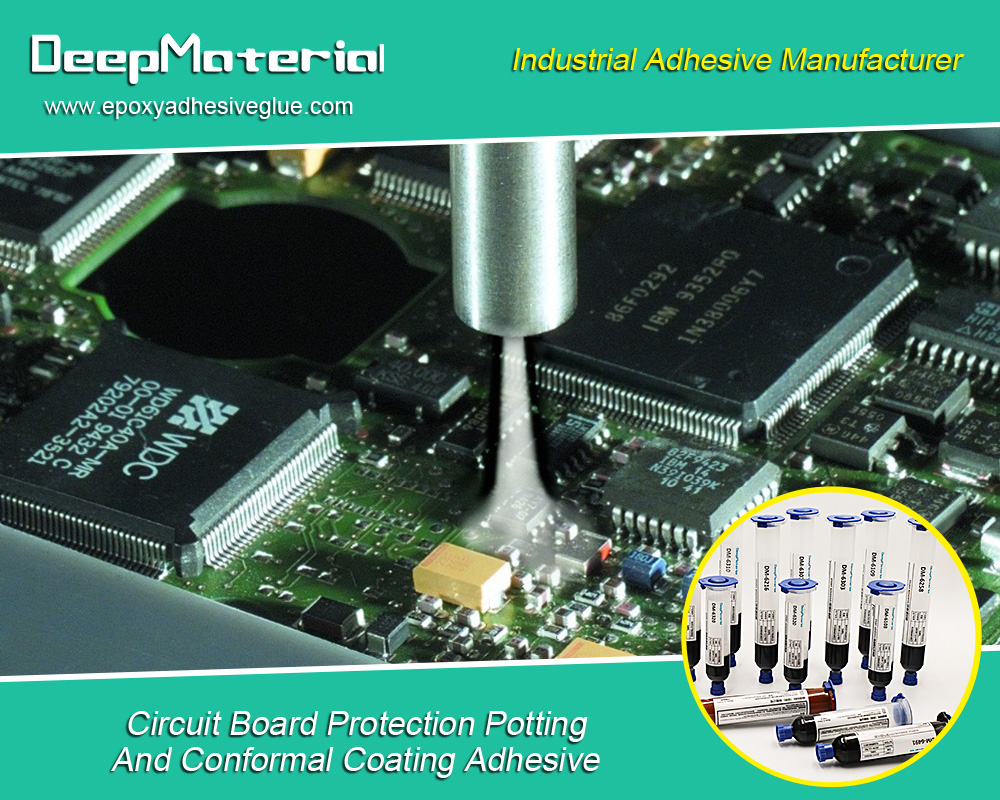
Conclusion
Having seen the above, non-conductive epoxy for electronics is a versatile and high-performance material that offers many benefits and applications in the electronics industry. Its high dielectric strength, excellent thermal conductivity, strong adhesion, and chemical resistance make it ideal for applications such as printed circuit board manufacturing, encapsulation and potting of electronic components.
For more about electrically insulating epoxy adhesives for electronics,you can pay a visit to deepmaterial at https://www.epoxyadhesiveglue.com/understanding-insulating-epoxy-properties-applications-and-benefits/ for more info.


